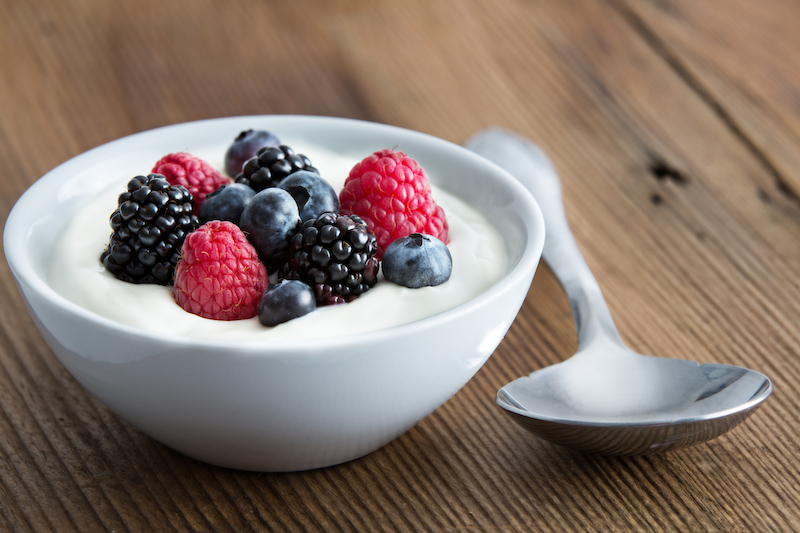Truth be told, we exercise for one of two reasons: vanity or sanity. But as women age, there is a more important reason to get moving: strong bones.
Bone tissue (aka bone mass) reaches maximum strength and density at about age 30. Though genetics play a role, it’s positive lifestyle choices from our youth — more fitness, less junk food and smoking — that can maximize peak bone mass. For most of us, bone mass seems irrelevant until menopause, when estrogen dips and accelerated bone loss begins.
In the five to seven years immediately following menopause, a woman’s bone density can fall up to 20 percent, leaving her at risk of osteoporosis (a significant loss of bone density, that affects approximately 30 percent of U.S. women ages 50 and older, according to the National Bone Health Alliance), osteopenia (low bone mass), and fractures.
But it’s not too late, even if you already have osteoporosis. Bones, like muscles, can become stronger with exercise. In addition to bolstering resistance to fractures, strengthened bones improve balance, coordination, and flexibility. And with exercise consistency, bones can adapt, preserving bone mineral density.
Best Exercises for Strong Bones
While any exercise beats no exercise, specific moves are best for stimulating the cells that make bone.
Weight-Bearing Cardio
Any exercise done while standing — walking, hiking, jogging, climbing stairs, tennis, golf, and even dancing — works the bones (and muscles) against gravity and strengthens them. Want more incentive? If you take your fitness outdoors, along with giving you a sunnier disposition, the sun exposure increases your body’s production of vitamin D, which helps it better absorb calcium and phosphorus (key minerals for bone health).
Resistance Weight Training
You don’t need to be a CrossFitter to improve bone health, but resistance (aka strength) training does build more than muscle. Recent studies show stress on bones nudges bone-forming cells into action, so you actually form new bone. Whether you opt to work with weights (bicep curls, shoulder press, bench press, barbell squat, or bent-over row) or use your body weight as resistance (planks, pushups, pullups, situps, and air squats), you can offset age-related declines. And, according to Harvard Medical School, strength training targets bones of the hips, spine, and wrists, where the most fractures occur.
Low-Impact Exercises
Building strong bones doesn’t require boundless energy. Studies are now finding even mellow exercises, from tai chi to yoga, can strengthen bones while also boosting flexibility, coordination, balance, and posture.
One study identified consistency as vital with tai chi. Women who practiced tai chi 45 minutes five days a week for a year experienced bone loss three-and-a-half times slower than the non-tai chi group.
And a breakthrough yoga study conducted by Dr. Loren M. Fishman, a physiatrist at Columbia University who specializes in rehabilitative medicine, found that “yoga puts more pressure on bone than gravity does. By opposing one group of muscles against another, it stimulates osteocytes, the bone-making cells.” Yoga Journal reported on a study that found the practice helps bone health in hips, spine, and wrists, which, again, are where fractures happen most.

Supplemental Thoughts
Getting motivated for bone health — including proper nutrition, plenty of calcium, and vitamin D — might feel challenging, and you might be tempted to put exercise on hold while you’re facing obstacles like menopause symptoms (or other health conditions). But it’s imperative for your well-being that you take strong bones seriously.
Eat calcium-rich foods (yogurt, cruciferous vegetables) and get at least 30 minutes of exercise five times a week. Consider taking a calcium-plus-vitamin-D supplement to help preserve bone density, and talk with your doctor if you are concerned about your bone health and to determine if you are a candidate for a bone mineral density test.
Photos: Fat Camera, Ozgurcoskun
